German food brings hearty comfort to any kitchen with its rich flavors and satisfying textures. From savory meat dishes to delicious dumplings and sweet treats, these recipes showcase centuries of culinary tradition anyone can recreate at home. Get ready to transform your dinner table with these classic German favorites that will transport your taste buds straight to Bavaria, Berlin, and beyond!
1. Sauerbraten: The Crown Jewel of German Pot Roasts
Tender beef marinated for days in a tangy mixture of vinegar, wine, herbs, and spices creates this national treasure. The long marination tenderizes the meat while infusing it with complex flavors that simply can’t be rushed.
After soaking up all that goodness, the meat slowly braises until it practically falls apart with the touch of a fork. The cooking liquid transforms into a rich gravy, often thickened with crushed gingersnap cookies for a hint of sweetness and spice.
Sunday dinners in Germany traditionally feature this spectacular dish served alongside red cabbage and potato dumplings. While it requires planning ahead, the melt-in-your-mouth results make Sauerbraten worth every minute of preparation.
2. Wiener Schnitzel: Crispy Golden Perfection
Thin slices of veal pounded until paper-thin form the foundation of this beloved classic. Each cutlet gets dredged in flour, dipped in beaten eggs, and coated with fine breadcrumbs before hitting the hot pan.
The secret lies in the frying technique—the meat should swim in clarified butter or oil, creating that signature golden crust that audibly crackles when cut. Traditional accompaniments include a simple potato salad, lingonberry jam, or a slice of lemon to cut through the richness.
Originally from Vienna (hence the name “Wiener”), this dish has become a staple across Germany. Many home cooks substitute pork for veal while maintaining the same preparation method—either way, the result is irresistibly crispy outside and tender inside.
3. Rinderroulade: Beef Rolls with Hidden Treasures
Thin slices of beef transform into flavor-packed parcels in this beloved German classic. Each slice gets smeared with mustard before being layered with bacon, onions, and pickle spears, then rolled tight and secured with kitchen twine or toothpicks.
The magic happens during the slow braising process. As the rolls simmer in rich beef broth, the flavors meld together while the meat becomes fork-tender. The cooking liquid reduces to create a velvety gravy that’s perfect for spooning over the sliced rolls.
Traditionally served at family gatherings and Sunday dinners, Rinderroulade pairs beautifully with red cabbage and potato dumplings. The contrasting textures and flavors—tangy pickles, smoky bacon, savory beef—create an unforgettable meal that represents the heart of German home cooking.
4. Bratwurst: Sizzling Sausage Sensation
Sizzling on grills throughout Germany, these beloved sausages bring instant joy with their juicy interiors and snappy casings. Made from finely minced pork, veal, or beef seasoned with marjoram, nutmeg, and other spices, each region boasts its own special variety.
Nuremberg produces finger-sized links while Thuringia offers longer versions flavored with caraway. The cooking method matters tremendously—grilled over charcoal provides smoky notes, while pan-frying creates a beautiful caramelized exterior.
Serving bratwurst couldn’t be simpler: tuck them into a crusty roll with spicy mustard, or plate them alongside sauerkraut and potato salad for a complete meal. For the authentic experience, pair your wurst with a cold German beer and pretend you’re at a bustling outdoor market in Munich!
5. Schweinshaxe: Bavarian Pork Knuckle Delight
Massive and impressive, this Bavarian specialty features a pork knuckle roasted until the meat turns meltingly tender while the skin transforms into crackling perfection. The preparation begins with marinating the knuckle in beer and spices, infusing flavor deep into the meat.
Slow-roasting works its magic over several hours, rendering the fat and creating that prized contrast between crispy exterior and succulent interior. The sound of breaking through the crackling skin is almost as satisfying as the first bite!
While intimidating in size, making Schweinshaxe at home requires patience more than skill—your oven does most of the work while you enjoy the incredible aromas filling your kitchen.
6. Königsberger Klopse: Royal Meatballs in Creamy Sauce
Named after the former East Prussian capital, these delicate meatballs showcase the refined side of German cooking. A mixture of ground veal, beef, and sometimes pork combines with soaked bread, onions, eggs, and anchovy for distinctive flavor and tender texture.
After gentle poaching in broth, the meatballs get bathed in a velvety white sauce punctuated with bright, briny capers. The sauce—made from the poaching liquid enriched with cream and brightened with lemon—creates a perfect balance of richness and acidity.
The combination of mild meatballs with the tangy sauce creates comfort food that’s simultaneously sophisticated and homey—perfect for introducing friends to German cooking beyond the usual suspects.
7. Frikadellen: Pan-Fried Patties with Personality
These humble meat patties might look simple, but their flavor tells a different story. A mixture of ground beef and pork gets enhanced with soaked bread rolls, eggs, finely chopped onions, parsley, and the secret weapons—nutmeg and mustard—creating depth that ordinary burgers can only dream about.
Pan-fried until deeply browned and crispy on the outside while remaining juicy inside, Frikadellen develop a wonderful crust that seals in all those savory juices. They’re equally delicious hot from the pan or cooled to room temperature, making them perfect picnic and party food. Germans serve these versatile patties with potato salad, on bread rolls with mustard, or as part of a cold cuts platter.
Every family has their special recipe, with heated debates about proper seasonings and cooking techniques—proof that even the simplest foods inspire passionate culinary traditions!
8. Leberkäse: Bavaria’s Meaty Masterpiece
Despite its name meaning “liver cheese,” this Bavarian specialty contains neither liver nor cheese! Instead, this fine-textured meatloaf combines finely ground beef, pork, bacon, and onions into a smooth paste that gets baked until it develops a crispy brown crust.
The texture makes Leberkäse instantly recognizable—velvety smooth inside with a slight springiness when bitten. Traditionally baked in a loaf pan until the top becomes crispy, it’s then sliced while still hot and served in various ways.
The most popular presentation is the “Leberkäse Semmel”—a thick, warm slice tucked into a crusty roll with sweet mustard. For breakfast, Germans enjoy it pan-fried with eggs, while dinner might feature thicker slices with potato salad and pickles. Simple yet satisfying, this versatile meat preparation showcases German efficiency in delicious form!
9. Kartoffelsalat: Potato Salad with Regional Pride
German potato salad sparks friendly regional rivalries across the country, with two distinct styles claiming superiority. Southern Germans (particularly Bavarians) serve their version warm, with a tangy dressing of vinegar, oil, broth, and mustard, often studded with bacon and onions for extra flavor.
Northern Germans prefer their potato salad cool, bound with mayonnaise and yogurt, featuring apples, pickles, and herbs. Both versions start with waxy potatoes that hold their shape when cooked and sliced, creating the perfect canvas for the dressing.
This versatile side dish accompanies everything from schnitzel to bratwurst at family gatherings and beer gardens alike. Making it at home allows you to adjust the tanginess and seasonings to your preference—just be prepared to defend your version when German friends come to dinner!
10. Sauerkraut: Fermented Cabbage with Ancient Roots
Long before we talked about probiotics and gut health, Germans were fermenting cabbage into this tangy, crunchy side dish. Finely shredded cabbage mixed with salt creates the perfect environment for beneficial bacteria to work their magic, transforming simple ingredients into something complex and delicious.
Home-fermented sauerkraut bears little resemblance to the canned variety—it maintains a pleasant crunch and develops nuanced flavor without overwhelming acidity. Traditional preparations often include juniper berries, caraway seeds, or apples for additional depth.
When cooking with sauerkraut, Germans often braise it with bacon, onions, apples, and white wine to mellow the tanginess and create a perfect accompaniment for rich meats. Beyond its role as a side dish, sauerkraut offers impressive health benefits—packed with vitamin C, it helped prevent scurvy on long sea voyages and still supports immune function today.
11. Rotkohl: Sweet and Sour Red Cabbage
The vibrant purple hue of this side dish brightens German tables year-round. Shredded red cabbage slowly simmers with apples, onions, and a careful balance of sweet and sour elements—typically sugar and vinegar or red wine—until it reaches tender perfection.
Warm spices like cloves, bay leaves, and cinnamon add aromatic depth, while the long, slow cooking process transforms the cabbage into silky strands bathed in rich, flavorful liquid. The natural sweetness of the apples balances the slight bitterness of the cabbage, creating perfect harmony.
This make-ahead friendly dish actually improves after a day in the refrigerator, making it ideal for busy households. Traditionally served alongside hearty meat dishes like sauerbraten or roast goose, Rotkohl provides a refreshing counterpoint to rich foods while adding gorgeous color to an otherwise brown and beige meal.
12. Spätzle: Hand-Scraped Egg Noodles
These irregular little dumplings bring joy to German tables with their tender, chewy texture and ability to soak up delicious sauces. A simple batter of eggs, flour, water, and salt transforms into something magical through a unique cooking method—traditionally scraped from a board directly into boiling water.
Modern home cooks might use a spätzle maker (similar to a colander with large holes) or press the dough through a potato ricer for convenience. Either way, the little noodles cook in seconds, floating to the surface when ready to be scooped out.
Tossed with butter and herbs, spätzle makes a delightful side dish, but it truly shines in Käsespätzle—the German answer to mac and cheese. Layers of spätzle alternate with melted cheese and caramelized onions for the ultimate comfort food that pairs perfectly with a crisp green salad and a cold German beer.
13. Kartoffelknödel: Pillowy Potato Dumplings
These satisfying spheres of potato goodness soak up gravy like nothing else. Made from a mixture of cooked and raw potatoes (or sometimes just one type), they develop a unique texture that’s simultaneously dense and fluffy—the perfect complement to roasted meats and rich sauces.
The traditional method involves forming a well in the center of each dumpling before cooking, sometimes filled with bread cubes fried in butter for a delightful surprise inside. When properly made, Kartoffelknödel should be tender throughout with no doughy spots, requiring a gentle touch when mixing and forming.
Regional variations abound throughout Germany, with some areas adding herbs or spinach to the mixture. Regardless of specific ingredients, these dumplings transform humble potatoes into something special, proving that German cuisine excels at creating extraordinary dishes from ordinary ingredients.
14. Semmelknödel: Bread Dumplings that Prevent Waste
Born from frugal German households determined to use every scrap of food, these bread dumplings transform stale rolls into something magnificent. Dried bread cubes soak in warm milk until softened, then mix with eggs, onions, parsley, and nutmeg to create a dough that’s formed into round dumplings.
Gently simmered in salted water until they float and expand, these dumplings develop a delicate exterior while maintaining a moist, flavorful center. The slightly irregular texture—soft with occasional firmer bits of bread—creates an interesting mouthfeel that perfectly complements saucy dishes.
Semmelknödel showcase the German talent for practical, waste-free cooking. They’ve moved beyond their humble origins to become beloved restaurant fare, proving that sometimes the most delicious dishes come from making the most of what you have.
15. Apfelstrudel: The Stretched Dough Masterpiece
This beloved dessert features paper-thin pastry wrapped around a spiced apple filling for a heavenly combination of crisp and tender textures. The dough-making process is almost theatrical—stretched so thin you should be able to read a newspaper through it before being wrapped around apples, raisins, cinnamon, and breadcrumbs.
Those breadcrumbs serve an important purpose, absorbing excess moisture from the apples to prevent a soggy bottom. When baked to golden perfection, the layers of dough create a delicate, flaky exterior that shatters beautifully under your fork. While often associated with Austria, Apfelstrudel is beloved throughout Germany, especially in Bavaria.
Served warm with a dusting of powdered sugar and a side of vanilla sauce or ice cream, this impressive-looking dessert is actually quite approachable for home bakers willing to practice the stretching technique.
16. Schwarzwälder Kirschtorte: Black Forest Cake’s True Form
Far more sophisticated than American interpretations, authentic Black Forest Cake layers chocolate sponge cake with fresh whipped cream and sour cherries soaked in Kirschwasser (cherry brandy). The combination creates a perfect balance—the cake isn’t overly sweet, the cream is unsweetened, and the cherries provide both tartness and depth.
Named after Germany’s Black Forest region, this cake features chocolate shavings on top resembling the area’s dense woodland. The Kirschwasser isn’t just a flavoring but an essential ingredient that transforms this from simple chocolate cherry cake into something special.
Making this showstopper at home requires multiple steps but rewards bakers with an impressive dessert that’s lighter than it looks. The contrasting colors of dark chocolate, white cream, and ruby cherries create a stunning presentation worthy of special occasions—just be sure to use real Kirschwasser for authentic flavor!
17. Bienenstich: Bee Sting Cake’s Sweet Revenge
Legend claims this honey-topped cake got its name when a baker was stung by bees attracted to the sweet topping! The cake features three distinct elements: a tender yeast dough base, a creamy vanilla filling, and the star attraction—a honey-almond topping that caramelizes during baking into a crunchy, chewy delight.
The contrast between the fluffy cake, silky filling, and crunchy topping creates a textural masterpiece. Traditionally, the filling uses a custard-based cream called Cremeschnitten, though modern versions sometimes substitute whipped cream or pastry cream. Found in bakeries throughout Germany, Bienenstich makes a perfect afternoon treat with coffee.
Home bakers can prepare the components in stages, making this impressive dessert manageable even for busy schedules. The honey-almond topping can be customized with different nuts or spices while maintaining the essential sweet crunch that gives this cake its distinctive character.
18. Rote Grütze: Summer Berries in Their Glory
This vibrant dessert celebrates summer’s berry bounty in the simplest possible way. A mixture of red fruits—typically strawberries, raspberries, currants, and cherries—gently cooks with just enough sugar to enhance their natural sweetness while maintaining their fresh flavor.
Cornstarch or potato starch thickens the mixture to a pudding-like consistency that’s substantial enough to support a generous pour of cold cream or vanilla sauce. The contrast between the warm or room-temperature berries and the cold cream creates a delightful sensory experience.
Northern Germans particularly cherish this dessert during the brief but glorious berry season. While traditionally made with fresh berries, frozen fruit works surprisingly well for year-round enjoyment. The beauty of Rote Grütze lies in its simplicity—it allows the fruit to shine while providing a perfect canvas for rich cream or custard.
19. Käsekuchen: German Cheesecake’s Lighter Side
Unlike its American cousin, German cheesecake uses quark—a fresh dairy product somewhere between yogurt and cottage cheese—creating a lighter, less sweet dessert with pleasant tanginess. The crust often features a shortbread-like dough rather than graham crackers, providing structure for the delicate filling.
Regional variations abound throughout Germany, with some versions incorporating raisins or mandarin oranges while others feature streusel topping. The baking technique differs too—German cheesecake often bakes at a lower temperature for longer, preventing cracks without requiring a water bath. This everyday cake appears at coffee tables throughout Germany, especially on weekends.
The subtle sweetness and light texture make it less indulgent than many desserts while still satisfying your sweet tooth. When making it at home, farmer’s cheese or strained Greek yogurt can substitute for quark if this traditional German ingredient proves difficult to find.
20. Zimtsterne: Christmas Stars with Cinnamon Magic
These star-shaped cookies appear in German homes each December, signaling the start of holiday baking season. Made primarily from ground nuts (usually almonds) rather than flour, they offer naturally gluten-free goodness with rich, complex flavor far beyond ordinary sugar cookies.
The dough combines ground nuts with egg whites, sugar, and plenty of cinnamon, then gets topped with a simple meringue before baking. This creates cookies with a chewy interior and a crisp, white top that contrasts beautifully with the darker cookie base when cut into stars.
The name literally means “cinnamon stars,” reflecting their signature spice and traditional shape. Though associated with Christmas, these cookies are too delicious to enjoy just once a year! Their intense flavor and chewy texture improve after a few days of storage, making them perfect for holiday gift boxes or simply enjoying with afternoon coffee throughout the winter months.
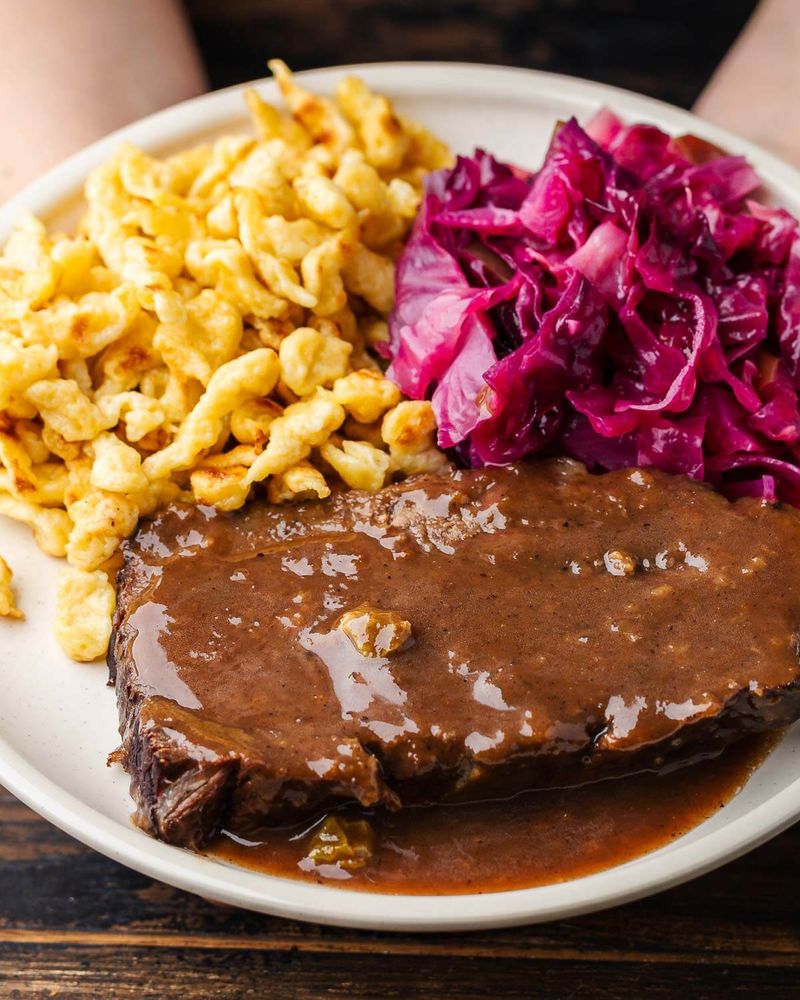
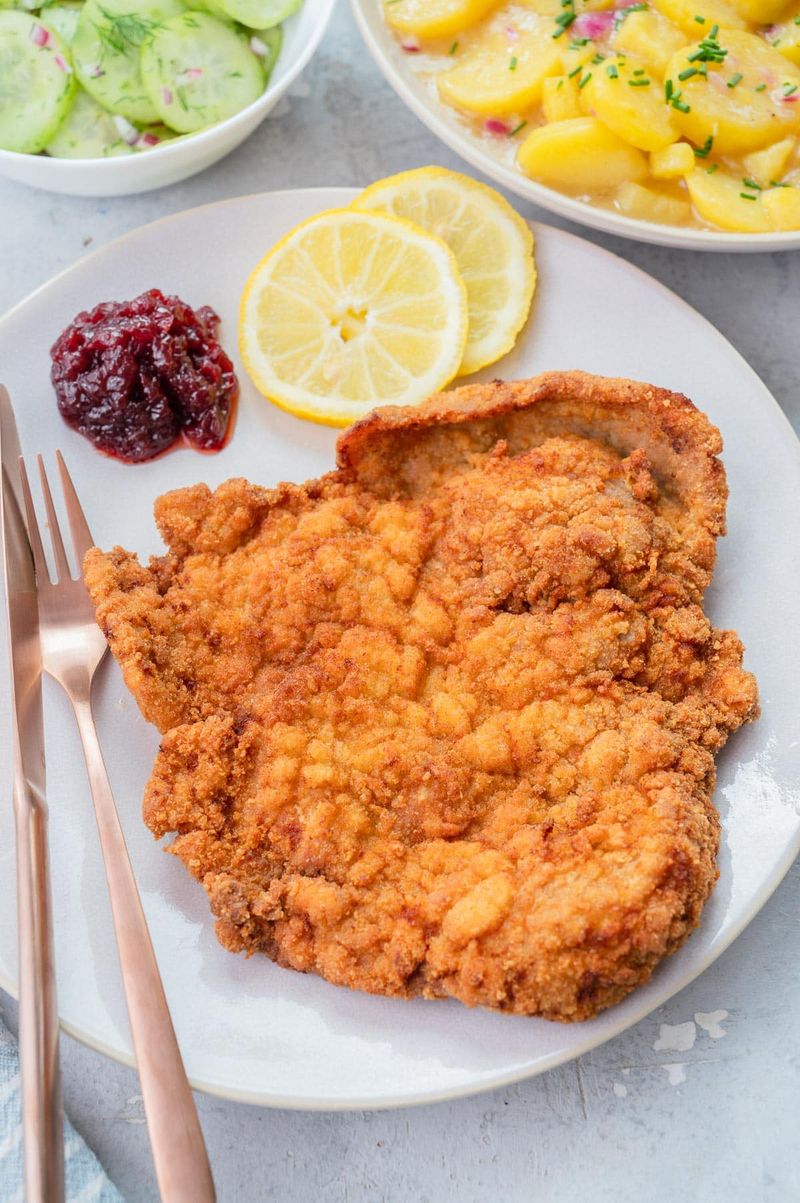
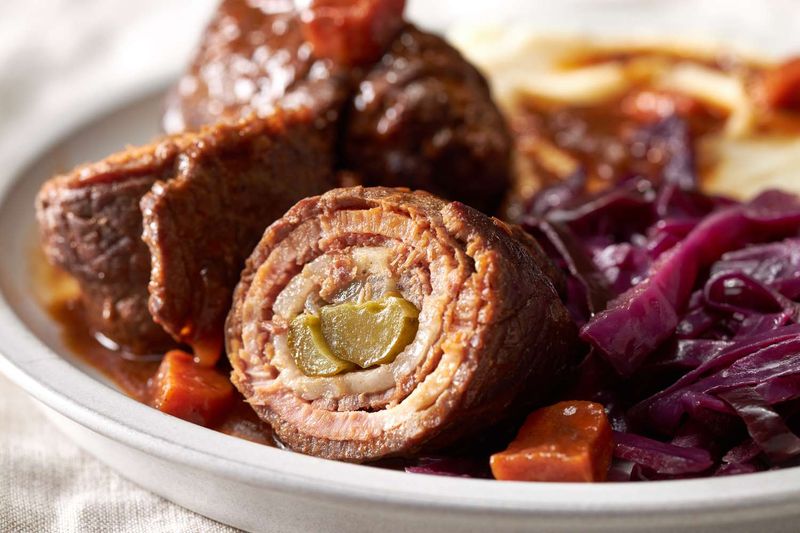
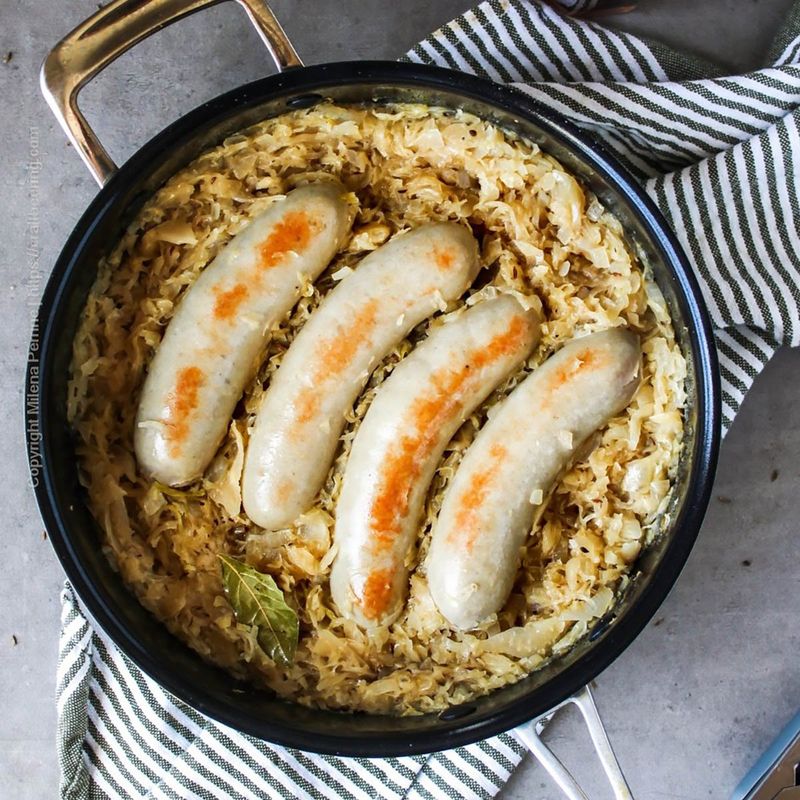
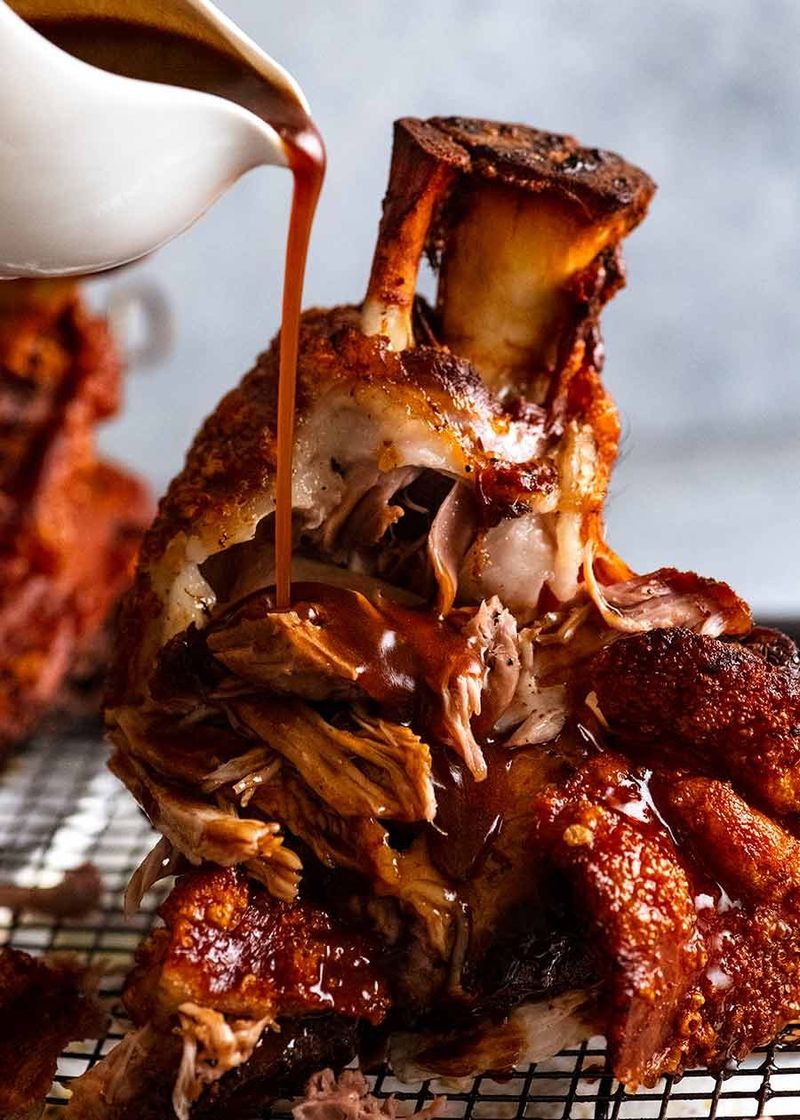
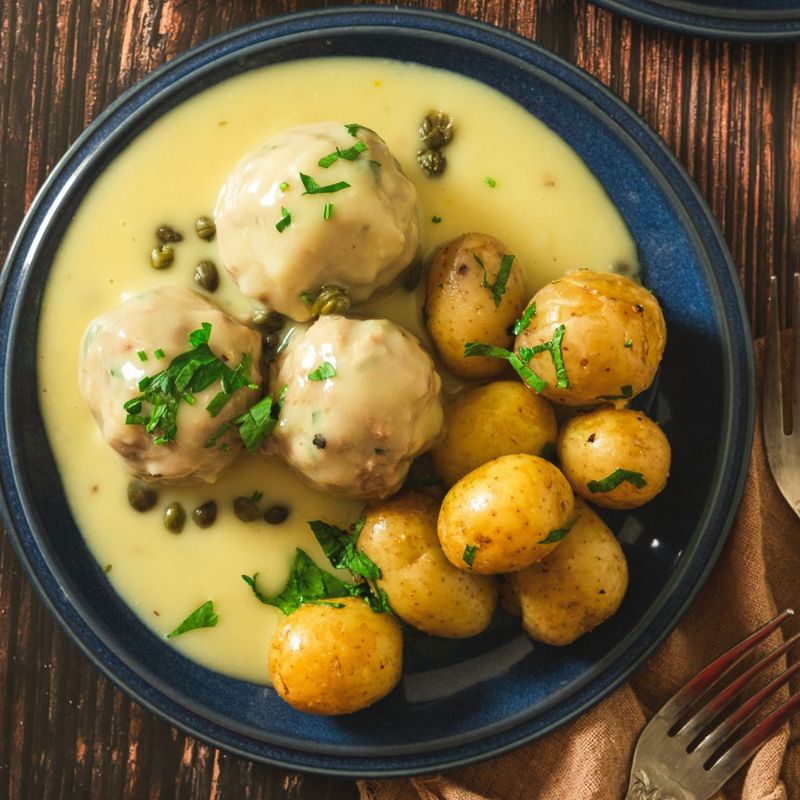
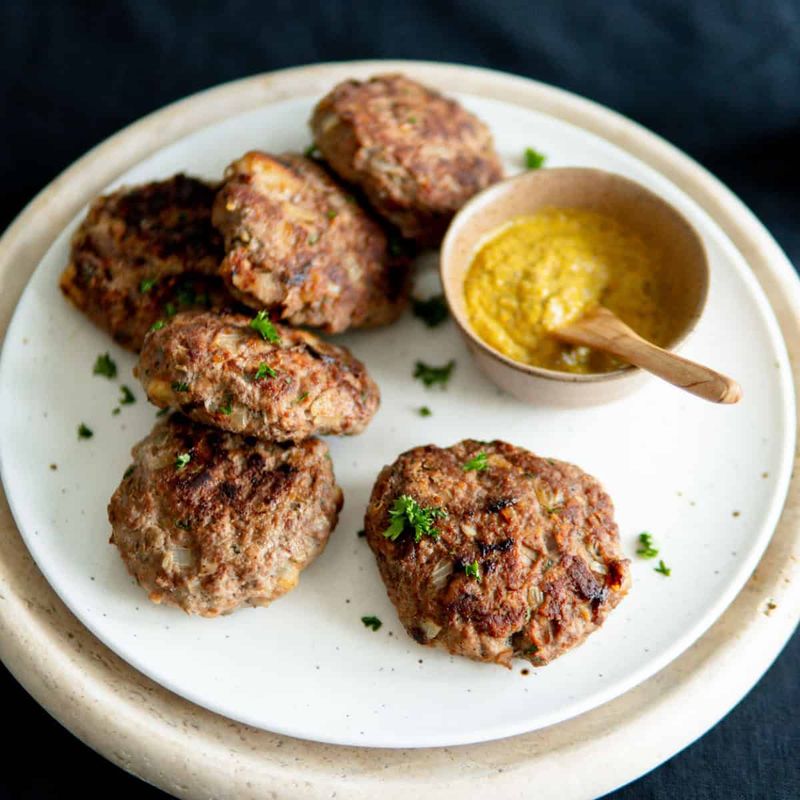
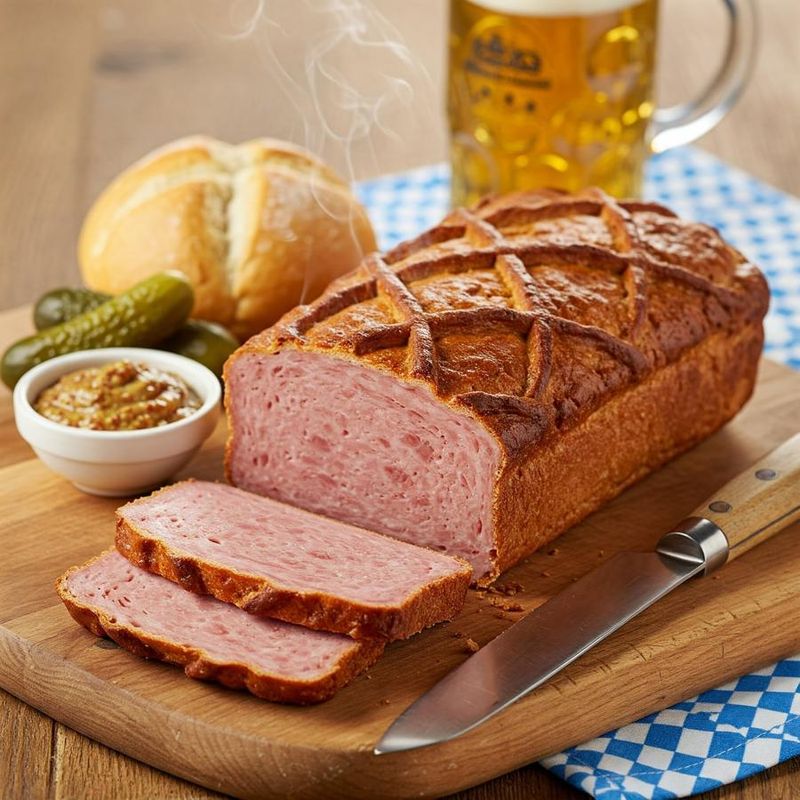
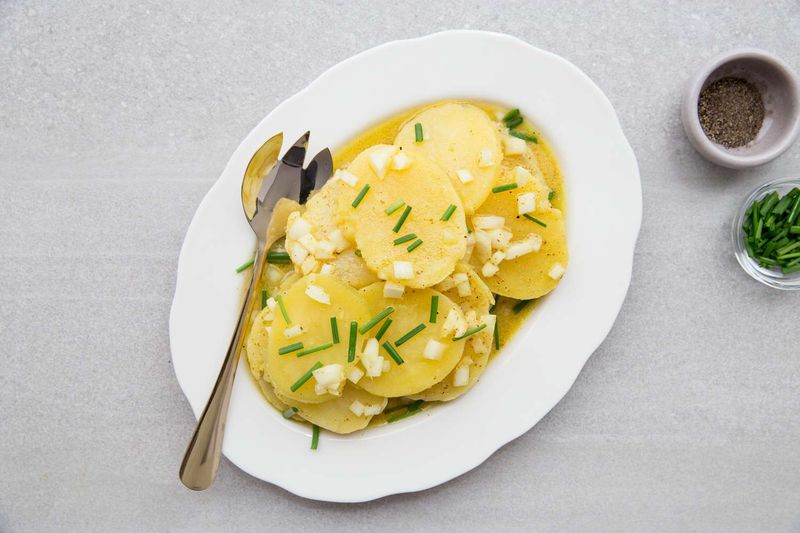
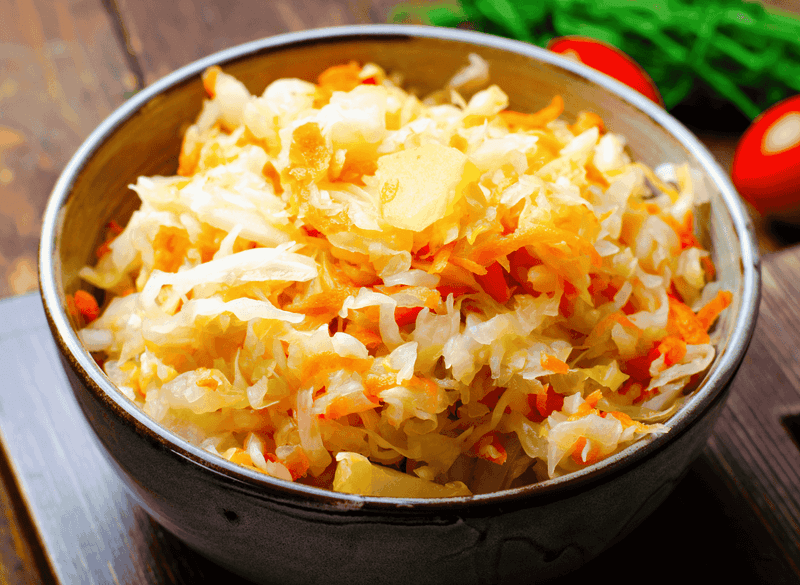
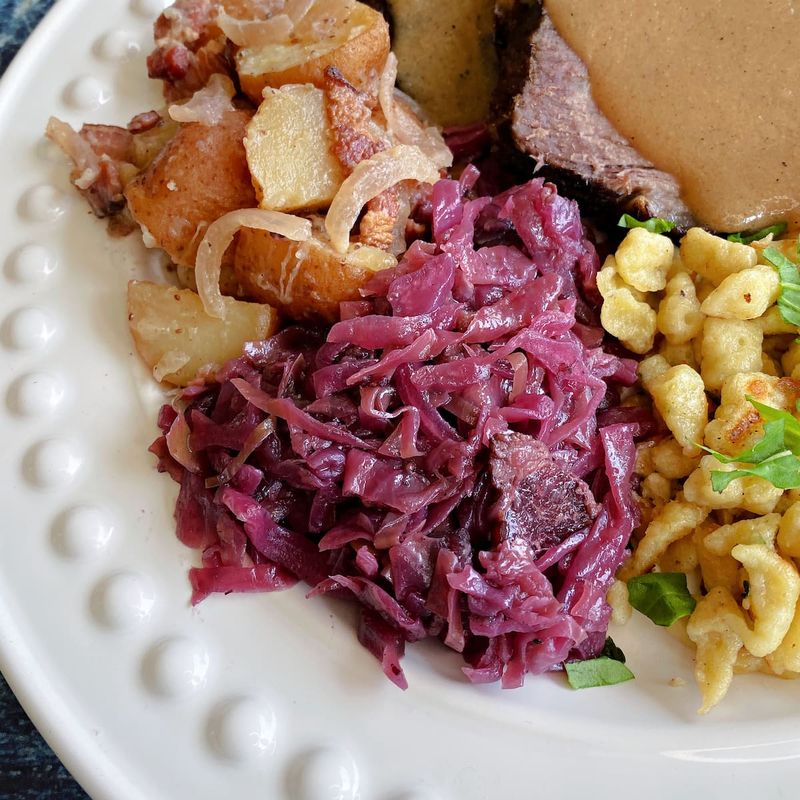
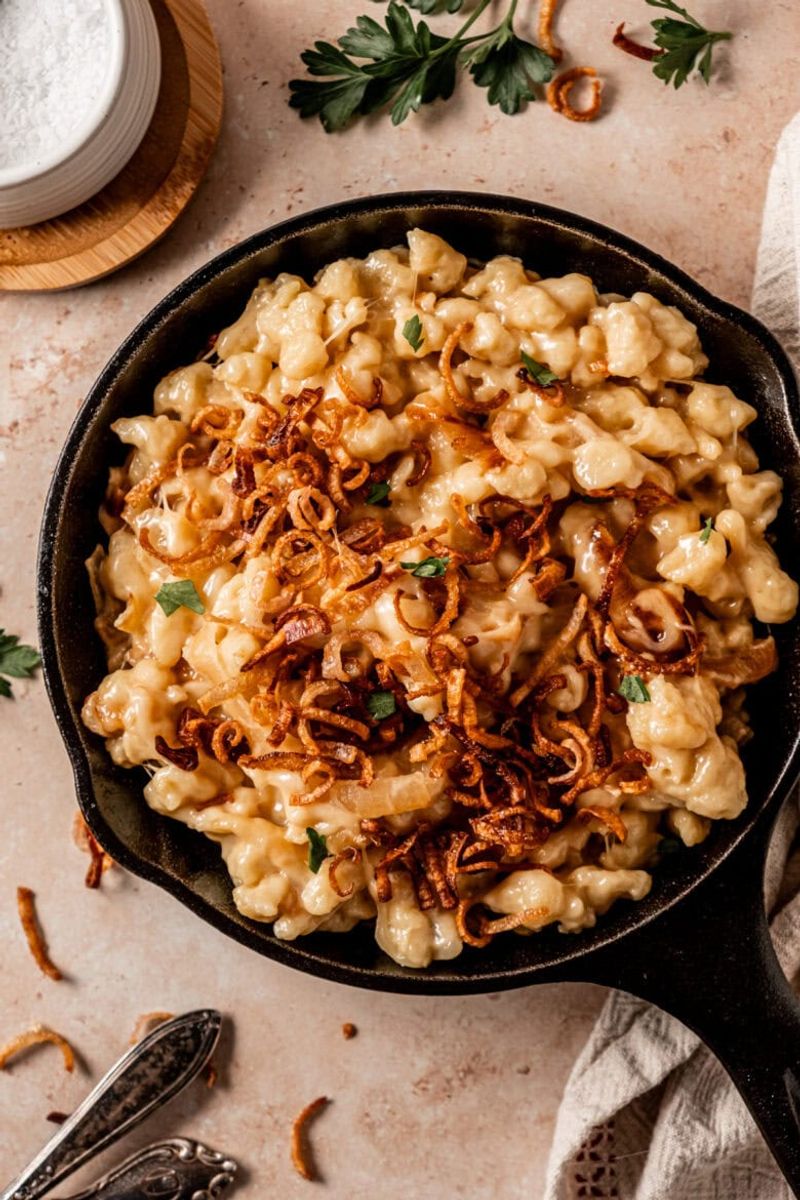
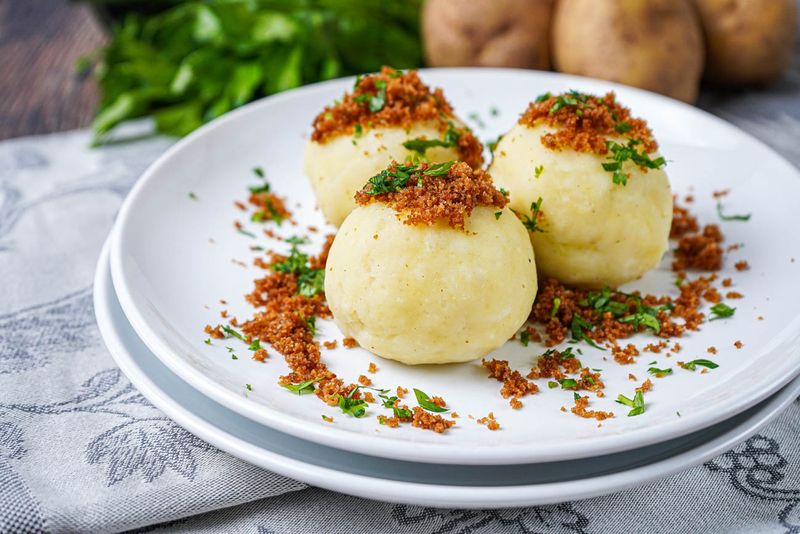
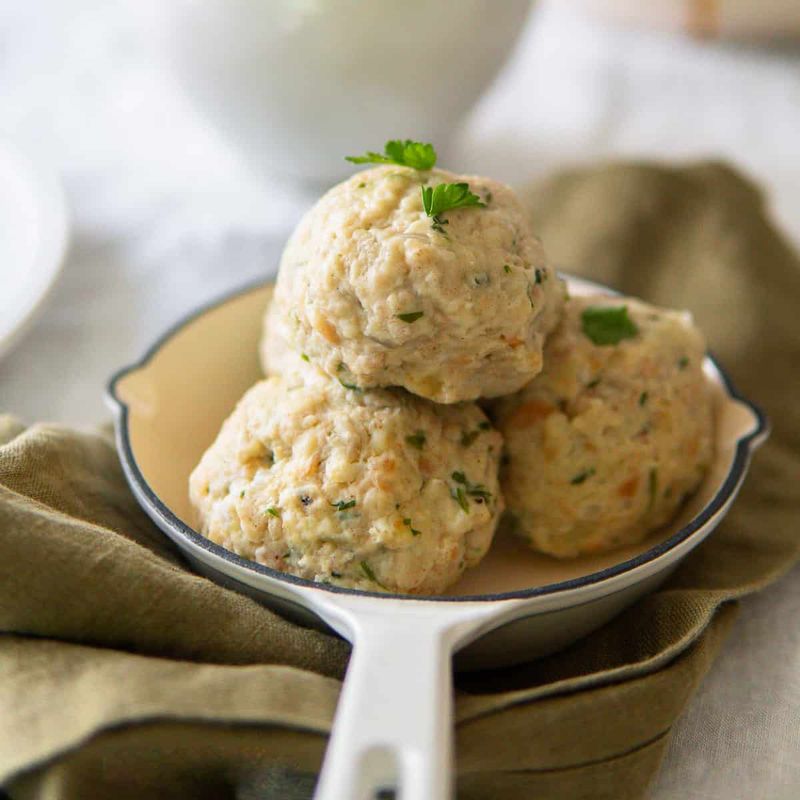
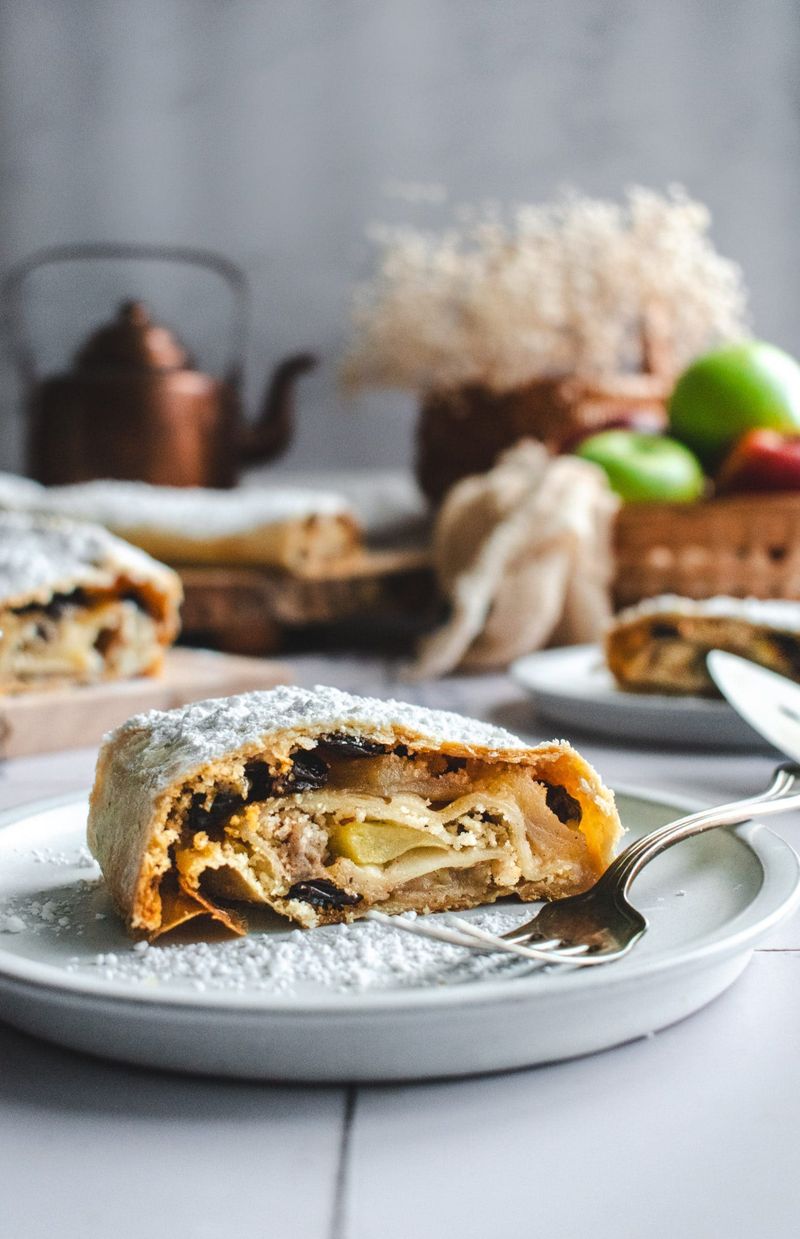
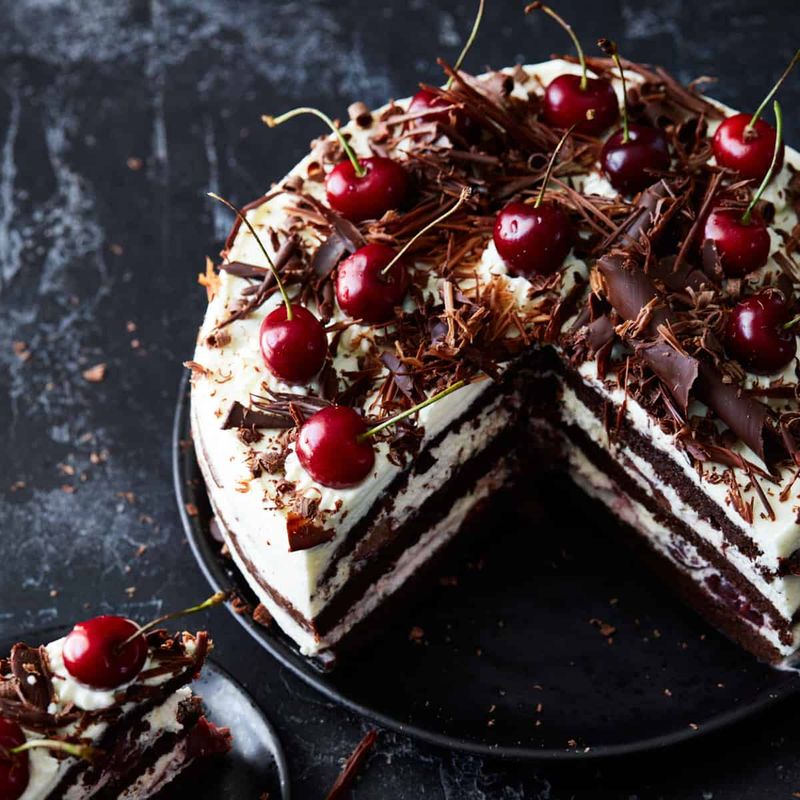
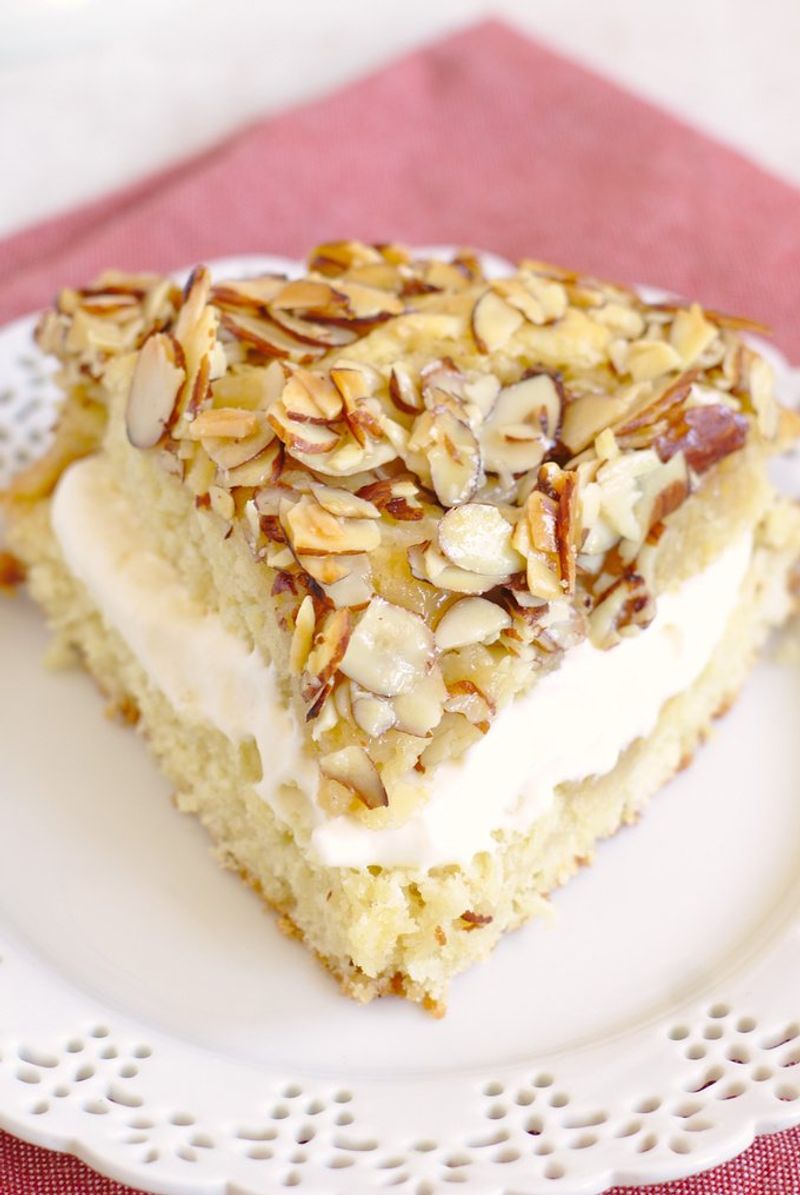
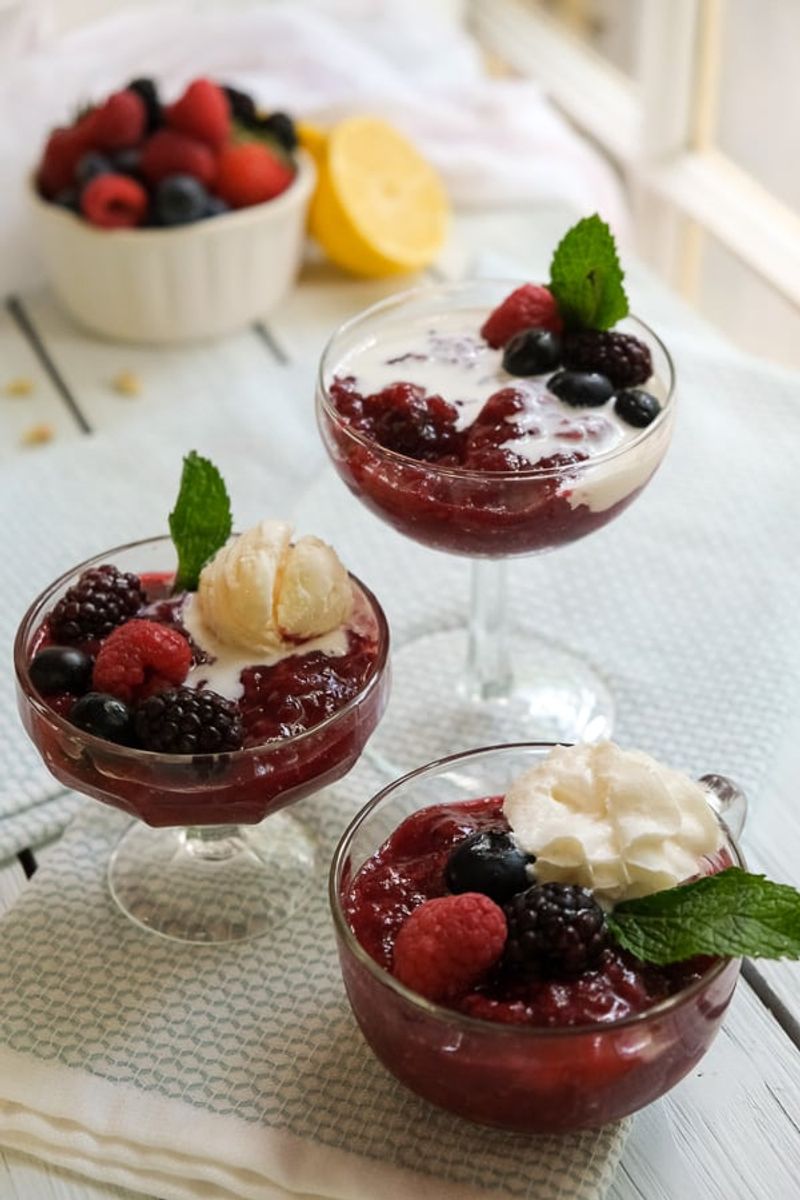
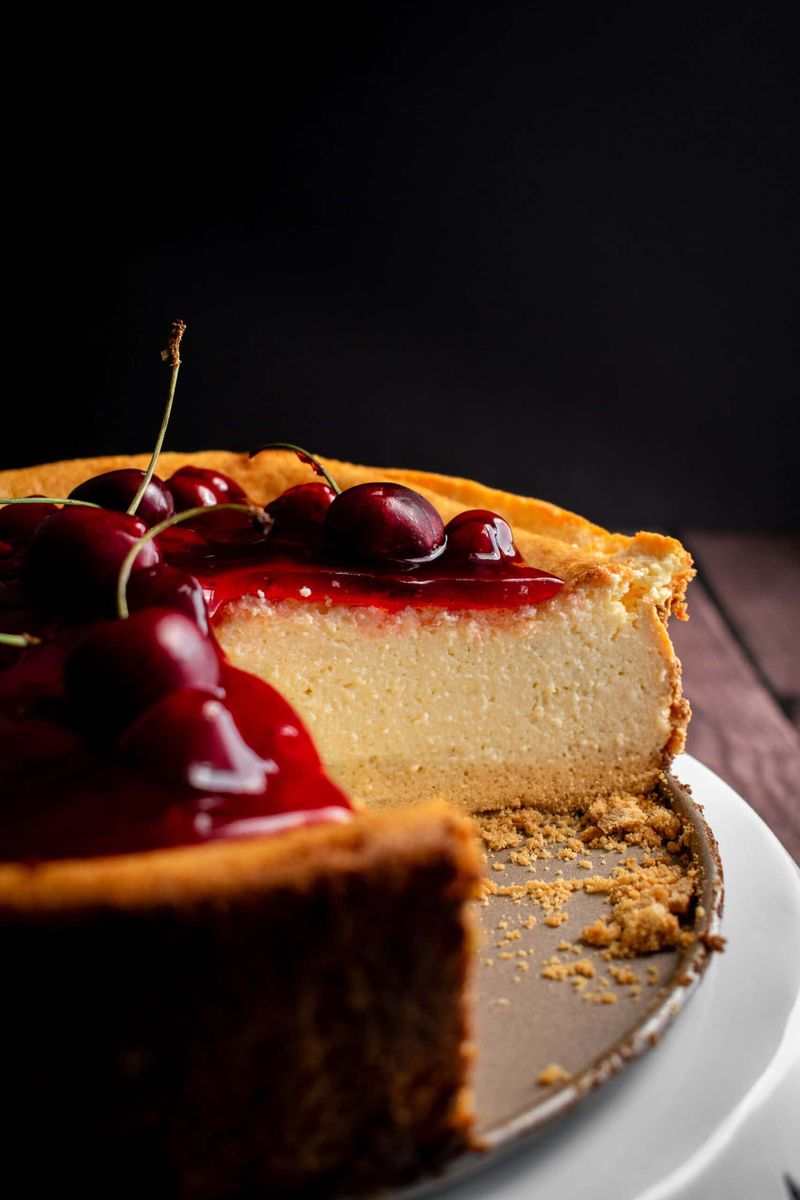
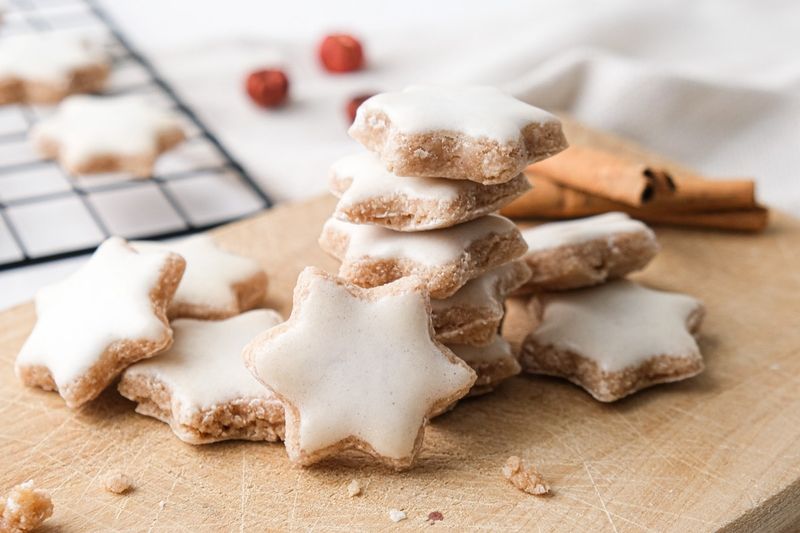
Leave a comment